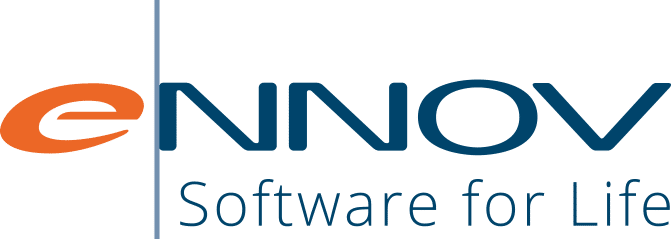We recently sat down with Plamena Entcheva-Dimitrov, PhD, RAC, founder of Preferred Regulatory Consulting, to discuss combination products. Below are the key takeaways from our conversation or you can listen to the full Ennovation Podcast, Episode #4: Combo Products, Complex Rules: Regulatory Strategies for Combination Products.
Combination products—which combine drugs, devices, or biologics, or even all three—aren’t just complex to develop; they’re complex to regulate, too. Pathways differ sharply across markets, so specialist strategy matters. Unlike stand-alone drugs or devices, assessment routes vary by region; the same product may be classified differently from one jurisdiction to another. Understanding these nuances is essential for market entry and multi-country compliance. Below are key takeaways for building an effective strategy.
Different regions; different requirements
Each health authority has their own definitions and processes for the regulation of combination products. The US has very well-established combination product regulations, with the FDA’s Office of Combination Products (OCP) having been established in 2002. The OCP provides centralized oversight and assigns primary jurisdiction to the appropriate center based on the product’s primary mode of action (PMOA).
In the EU, by contrast, combination products are considered as either integrated (where the product forms a single entity such as a drug-eluting stent) or co-packaged (where the two components are supplied or used together, such as a nebulizer packaged with a drug). The European regulatory approach requires parallel assessments under different regulatory pathways, creating additional complexity for sponsors. In South Africa, and several other emerging markets, the constituent parts are considered completely separately and will be assessed as two different submissions, significantly increasing regulatory burden and timelines.
For example, let’s consider a common type of combination product: a drug supplied to the patient in a pre-filled syringe. Here, the primary mode of action will be the drug, and the device component is being used to deliver that drug. In the EU, this will be considered an integral product, as the syringe is intended purely for use in the given combination, and won’t be reused.
In the US, the FDA assessment will be led by the Center for Drug Evaluation and Research (CDER), and both the syringe and the drug will be evaluated together, as a single regulatory procedure. In the EU, the evaluation would follow two parallel paths: the syringe will have to be assessed as a medical device under the Medical Device Regulation (MDR), while the drug will be assessed under the usual pharmaceutical regulatory processes.
Leverage existing approvals
Smart regulatory strategies often involve identifying and leveraging existing regulatory pathways and approvals. Consider whether any component of a combination product is already authorized. For example, with a novel gene therapy delivered by a nebulizer: if the nebulizer has U.S. 510(k) clearance or is listed on Australia’s ARTG—even for a different use—you can focus review on the therapy rather than the device, shortening timelines and reducing costs.
In the US, the Drug Master File (DMF) system can also offer significant advantages. The nebulizer discussed might have a DMF registered, which can be leveraged in the approval process. The FDA has already reviewed and approved the DMF and therefore doesn’t need to do so again. DMFs for components of a combination product, such as silicone in a medical device, or an excipient in a drug, can be used to reduce the burden of the IND submission. This option isn’t available in jurisdictions like the EU, where the regulatory agency will need this information to be submitted as part of every initial assessment. Understanding these jurisdictional differences is essential for optimizing global regulatory strategy.
Build a strong team
Bringing a new combination product to the market requires a dedicated team with diverse experience. From the clinical stage, throughout marketing authorization assessments and once the product is approved, the team must be fluent in drug, device, biologic, and combination product management. Balancing regional requirements, building a regulatory strategy, and timing each submission is a complex challenge that must be navigated with expert guidance.
It’s also vital to have the right tools. Managing regulatory, quality, and clinical workflows on a truly unified compliance platform will ensure that teams can coordinate effortlessly.
Key success factors
Several critical factors determine success in combination product regulatory strategy:
- Early engagement with regulatory authorities through pre-submission meetings and scientific advice procedures can clarify regulatory pathways and reduce development risks. These interactions should occur during the product design phase to ensure regulatory considerations inform development decisions.
- Comprehensive regulatory intelligence across target markets ensures sponsors understand evolving requirements and can adapt strategies accordingly. The regulatory landscape for combination products is dynamic, with authorities continuously refining their approaches based on emerging technologies and safety data.
- Quality system integration becomes particularly complex when managing combination products, as different components may be subject to different quality standards and manufacturing requirements. Ensuring seamless integration of these systems from development through commercialization is essential for long-term success.
The future of combination products regulation will see increased harmonization efforts and continued evolution of guidance documents as innovative therapies emerge. For regulatory affairs professionals, staying current with these developments and building deep expertise in combination product strategy will be increasingly valuable as the market for these complex therapeutic solutions continues to expand.


